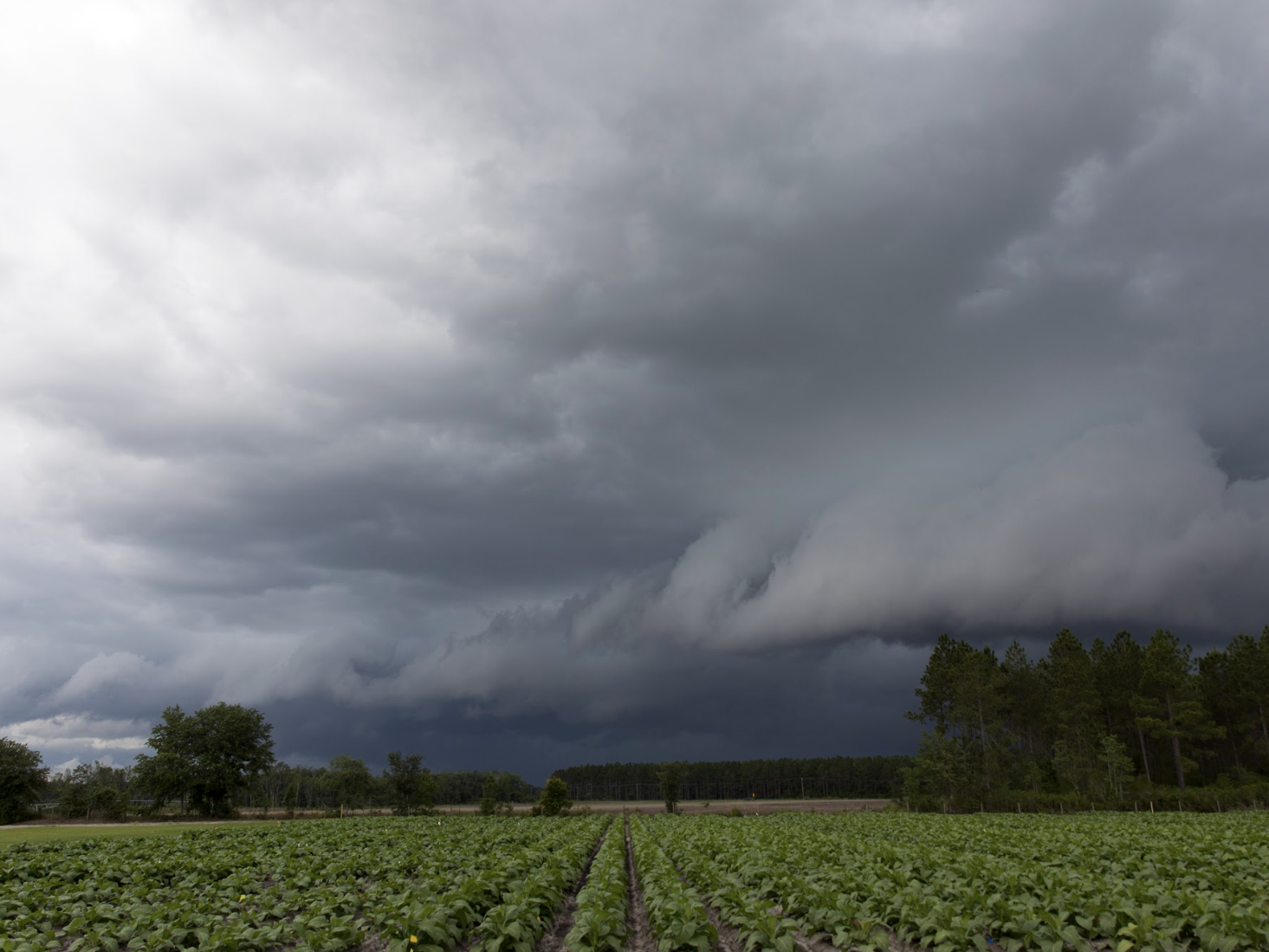New University of Georgia Institute for Resilient Infrastructure Systems report provides steps to make Georgia more resilient
ATHENS, GA – When Hurricane Helene swept across Georgia in 2024 and left devastation in its wake–including an estimated $6.4 billion in agricultural and timber losses–it underscored a fine point: that communities are increasingly threatened by natural hazards and are not prepared to contend with them. A new report made recommendations for how communities can prepare for risks and charts a path to resilience in Georgia.
The Georgia Statewide Resilience Assessment, conducted by the University of Georgia’s Institute for Resilient Infrastructure Systems (UGA IRIS) and commissioned by The Pew Charitable Trusts, says that state leadership and coordinated resilience planning in Georgia is no longer optional.
“We found a strong consensus across the state that current resilience initiatives are not coordinated–and that a state-level initiative is needed to align efforts and strengthen Georgia’s resilience to hazards,” said IRIS Director Brian Bledsoe.
Over the last year IRIS traveled throughout the state to speak to 130 local and regional leaders and experts to learn about threats to each region–from drought impacting private wells and crops, high winds causing power outages, or tidal flooding that submerges streets and creeps into homes even on sunny days.
Studies show that efforts to prepare go a long way. According to the United State Chamber of Commerce’s 2024 Climate Resiliency Report, when communities prepare for hazards, they save money—to the tune of $13 saved in damages for every $1 spent preparing.
The Georgia Resilience Assessment identified several ways that Georgia can build on existing efforts to prepare, including establishing statewide networks to encourage coordination and communication across jurisdictions, sharing data to help communities make informed decisions about resilience projects, and updating codes and ordinances to build infrastructure capable of withstanding more extreme storms, temperatures, and threats.
“This report mirrors community disaster challenges across the country,” said Kristiane Huber, U.S Conservation Officer for The Pew Charitable Trusts. “When states take the lead on planning to address long-term risk, guide communities, and coordinate statewide resilience action, everyone is safer.”
Research participants also highlighted ways Georgia can look at homegrown community resilience efforts—such as infrastructure that uses natural features and processes to address flooding, modernized stormwater and power grids, and growing regional partnerships.
There are also a host of excellent local and regional examples for how to build resilience in Georgia—including the Camden County Resiliency Implementation Workplan, Chatham County Resilience Plan, Atlanta Regional Commission Resilience Plan, Albany and Dougherty Playbook and Tybee Island Natural Infrastructure Master Plan—which can be scaled up to serve as a foundation for building resilience efforts across the state.
Want to learn more about the state of resilience in Georgia?
Find the full report here.
Listen to the Resilient Futures podcast covering this topic here.


